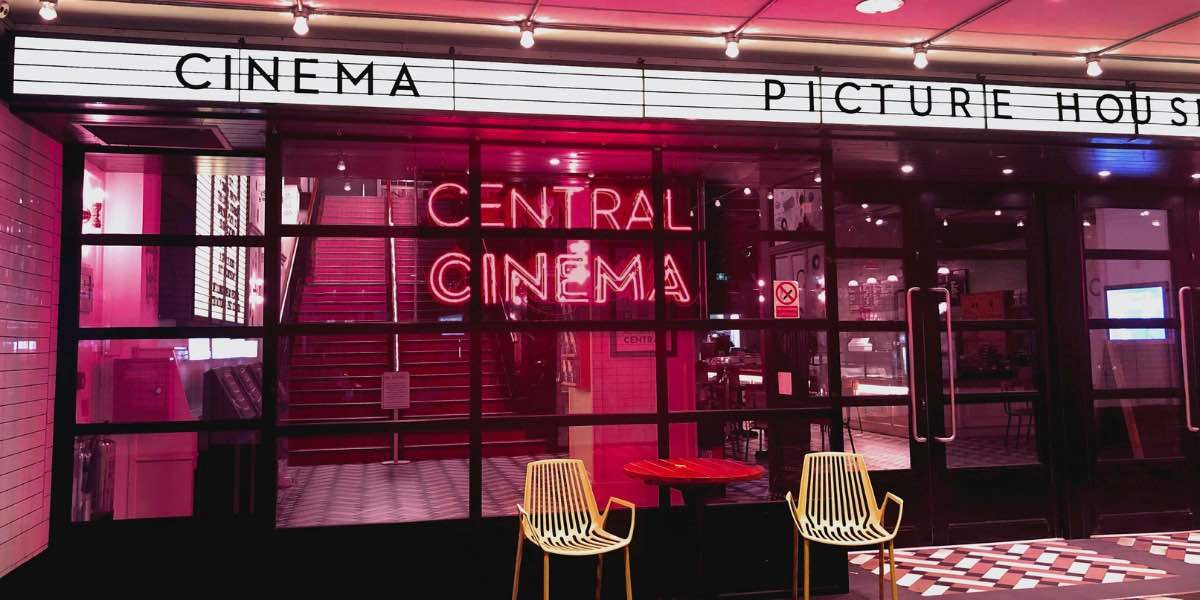Independent theaters have long been an essential part of the cultural landscape in many U.S. cities, offering diverse programming and a unique viewing experience. However, these smaller venues face mounting challenges, such as competition from large cinema chains and streaming services. In recent years, the situation has been further complicated by the impact of the COVID-19 pandemic, which forced many theaters to close temporarily. Despite these hurdles, several cities have taken proactive steps to support independent theaters and ensure they continue to be a valuable part of local culture.
Read also: Transitioning from Theater to the Silver Screen: A Guide for Aspiring Actors
Why Are Independent Theaters Important?
Independent theaters often serve as more than just places to watch films; they provide an opportunity to explore a wider range of cinematic works that might not find a place in larger commercial venues. These theaters are more likely to screen independent films, documentaries, foreign films, and special screenings, offering audiences a more eclectic and diverse selection. Additionally, independent theaters frequently host cultural events such as film festivals, live Q&A sessions with filmmakers, and special retrospectives of classic films. This programming enriches the cultural scene and gives viewers a chance to experience movies in a different way than the typical blockbuster fare.
Independent theaters also have the potential to become community hubs. By offering a unique social experience, they allow people to gather and engage in discussions about the films they have just watched. This sense of community is one of the key reasons these theaters have remained popular with certain audiences, even in the face of stiff competition from other forms of entertainment.
Challenges Facing Independent Theaters
While independent theaters have many cultural and social benefits, they also face a range of challenges. One of the main issues is the competition from larger cinema chains, which can offer lower ticket prices due to their greater resources and extensive distribution networks. These chains typically focus on showing the latest Hollywood blockbusters, which attract large audiences and generate significant revenue. Independent theaters, by contrast, often have more limited resources and a narrower audience base, making it difficult to compete in the market.
In addition, the growth of streaming services has changed how people consume films. With platforms offering a vast selection of movies and television shows, many individuals now prefer the convenience of watching from home rather than venturing out to a theater. The ongoing popularity of streaming, along with the rise of on-demand viewing, has put additional pressure on independent theaters to maintain their relevance.
The financial viability of these theaters is another concern. Many independent theaters have limited budgets, making it difficult to cover overhead costs such as rent, utilities, and equipment. When revenue drops due to competition or lower attendance, it can become challenging for these businesses to stay afloat. The COVID-19 pandemic only heightened these issues, as theaters were forced to close for extended periods, further straining their finances.
How Cities Are Supporting Independent Theaters
Despite these challenges, various cities have initiated efforts to support and preserve their independent theaters. These initiatives are often a mix of financial support, policy changes, and community engagement. Here are some of the strategies that have been put into place:
Financial Assistance
Many cities recognize that independent theaters play a role in the local economy and culture, which has led to financial support from municipal governments and other local entities. Some cities offer grants or low-interest loans to theaters to help them cover operating costs or invest in equipment upgrades. These funds can also be used to help theaters adapt to changing circumstances, such as the need to enhance their digital presence or adjust their business models in response to new consumer behaviors.
In addition to government assistance, some theaters have turned to crowdfunding or partnered with nonprofit organizations for financial support. Crowdfunding campaigns often engage local communities who want to see their independent theaters thrive. These campaigns have been used to raise funds for theater renovations, purchasing new projection equipment, or covering operating expenses during periods of financial strain.
Policy Advocacy
In certain cities, advocacy for policy changes has helped to create a more favorable environment for independent theaters. These changes can take the form of tax breaks, zoning adjustments, or other incentives that make it easier for smaller venues to operate. Some cities have introduced tax relief programs or grants specifically designed for cultural institutions like theaters, recognizing their contributions to local tourism and community engagement.
Policy advocacy also includes efforts to secure more equitable distribution agreements for films. Independent theaters often struggle to secure the same films that large chains have access to, which limits their ability to attract audiences. Some cities have worked with film distributors and cinema organizations to ensure that smaller theaters can access a broader selection of movies, helping them compete with larger venues.
Community Engagement
Local community engagement is another key element of supporting independent theaters. In many cities, theatergoers are passionate about the preservation of independent venues, and they frequently rally behind them when they are at risk of closing. Community-based efforts such as petition drives, social media campaigns, and fundraising events have been instrumental in helping theaters gain visibility and support.
Moreover, some theaters have built relationships with local businesses and organizations, creating partnerships that help sustain both the theater and the surrounding community. These collaborations often involve cross-promotional activities, such as local restaurants offering discounts to theatergoers or businesses sponsoring special screenings. By fostering these relationships, independent theaters can increase foot traffic, attract new patrons, and strengthen their position within the community.
Innovative Business Models for Independent Theaters
As part of their efforts to stay relevant, many independent theaters have adopted creative business models to expand their appeal. Some have started to offer dual-purpose spaces, hosting not only film screenings but also live performances, community events, and even yoga classes or corporate meetings. This diversification allows these theaters to reach a broader audience, creating new revenue streams that help offset any losses from traditional movie screenings.
In response to the digital age, some independent theaters have also begun to incorporate online streaming into their offerings. They may offer virtual screenings of films alongside traditional in-person showings, making it easier for people to watch films from home if they cannot attend in person. This model has become especially relevant during the pandemic and has allowed theaters to tap into a wider audience, potentially attracting viewers from outside their immediate area.
Furthermore, many independent theaters are experimenting with alternative film programming to distinguish themselves from the multiplexes. This could include midnight screenings, retrospective series, themed film festivals, or screenings of cult classics. These niche offerings help theaters build a loyal following among film enthusiasts who are looking for something beyond the latest Hollywood blockbuster.
Read also: Understanding Cinematic Composition: The Rule of Thirds in Film
The Future of Independent Theaters
While the future of independent theaters is not without challenges, many cities are taking steps to ensure these venues remain a vital part of the cultural landscape. Financial support, policy changes, community engagement, and innovative business models have all been crucial in helping theaters adapt to the modern entertainment environment. Independent theaters continue to provide a space for artistic expression, community connection, and a broader cultural experience that can’t easily be replicated by streaming services or large cinema chains.
As cities continue to prioritize the preservation of these spaces, the hope is that independent theaters can continue to thrive and evolve in response to changing consumer habits. With ongoing support and creativity, they may remain a key part of local culture for years to come.







